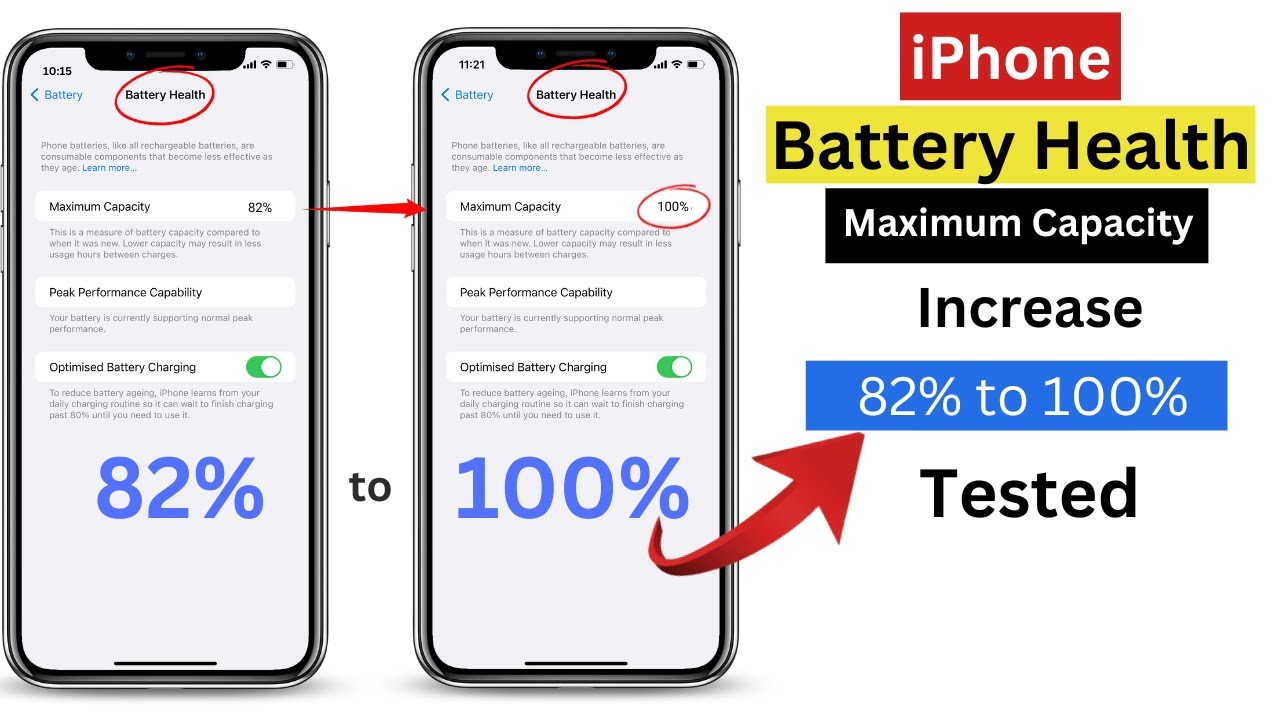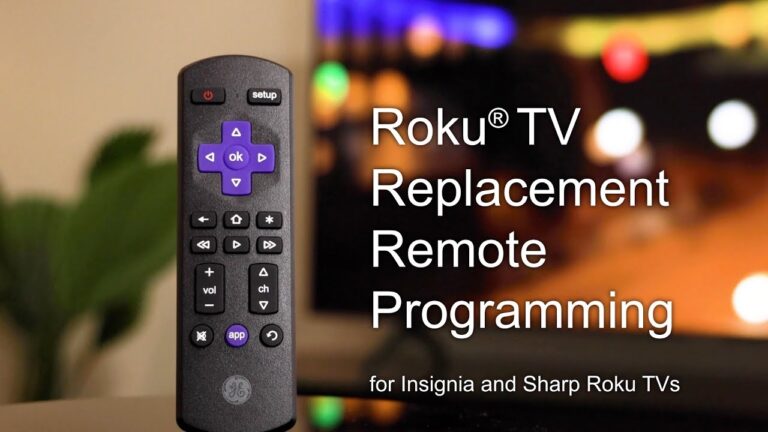
In today’s phone-driven world, battery health is a main subject for customers. Whether you own an iPhone or an Android device, preserving correct battery health guarantees longer usage between charges and prolongs your device’s lifespan. But what’s a good battery health percentage, and how can you hold it in a top-quality situation?
This guide will explain:
- What does battery fitness imply
- What’s taken into consideration as a good battery health percentage
- How to check battery fitness on iPhone
Understanding Battery Health
Battery Health refers to the smartphone battery capacity compared to its unique position. Over time, lithium-ion batteries, heat contact, and patterns of use decrease. An exact battery health percent means your battery can keep a widespread rate, while poor fitness indicates quicker drainage and a shorter lifespan.
What’s a Good Battery Health Percentage?
- 100% – 95%: Excellent condition (new or lightly used device)
- 94% – 85%: Normal for a device used for 6-12 months
- 84% – 80%: Moderate wear; consider battery-saving habits
- Below 80%: Poor health; may need replacement soon
Apple recommends changing an iPhone battery once it drops below eighty, as performance throttling may additionally occur. Android gadgets (like Samsung) additionally display warnings whilst battery fitness deteriorates significantly.
How to Check Battery Health on iPhone & Android
For iPhones (iOS 11.3 and later)
- Settings> Battery> Go to Battery Health.
- Check “Maximum Capacity”—this shows your current battery health.
- “Peak Performance Capability” indicates if your battery supports full power.
For Android Devices
Android doesn’t have an integrated battery health checker like iOS, however, you may:
- Use dialer codes like (varies by way of brand).
- Check Settings > Battery > Battery Care (Samsung) or Device Care.
- Use third-party birthday celebration apps like AccuBattery (gives specific health stats).
Tips to Maintain Good Battery Health
To keep your battery in suitable fitness, comply with those excellent practices:
1. Avoid Extreme Temperatures
- Heat speeds up battery degradation.
- Don’t leave your smartphone in direct sunlight or freezing situations.
2. Use Optimal Charging Habits
- Avoid full 0%–100 % cycles—keep charge between 20%–80 %.
- Use slow charging (5W/10W) instead of fast charging daily.
- Unplug at 100% to prevent overcharging stress.
3. Enable Battery-Saving Features
- iPhone: Enable Optimized Battery Charging (Settings > Battery).
- Android: Use Adaptive Battery (Settings > Battery).
4. Reduce Background App Activity
- Close unused apps.
- Disable unnecessary background refresh (iOS) or restrict apps (Android).
5. Replace the Battery When Needed
If your battery health is below 80%, consider a replacement:
- Apple Store/official service for iPhones.
- Authorized repair centers for Android devices.
When Should You Worry About Battery Health?
- Fast draining, even with minimal use.
- Random shutdowns at 20-30% charge.
- Overheating during normal tasks.
If these issues persist, your battery may need replacement.
Final Thoughts: What’s a Good Battery Health?
The battery fitness of most smartphones is above 85%. Below eighty%, performance drops, and a alternative may be wanted. Following right charging conduct and tracking battery health can considerably extend your device’s lifespan.
Key Takeaways:
✔ 80%+ battery health = Good condition.
✔ Below 80% = Consider replacement.
✔ Avoid extreme heat & overcharging to lengthen battery life.
By retaining those guidelines in mind, you can make certain your iPhone or Android device remains powered longer and plays at its first-class!







